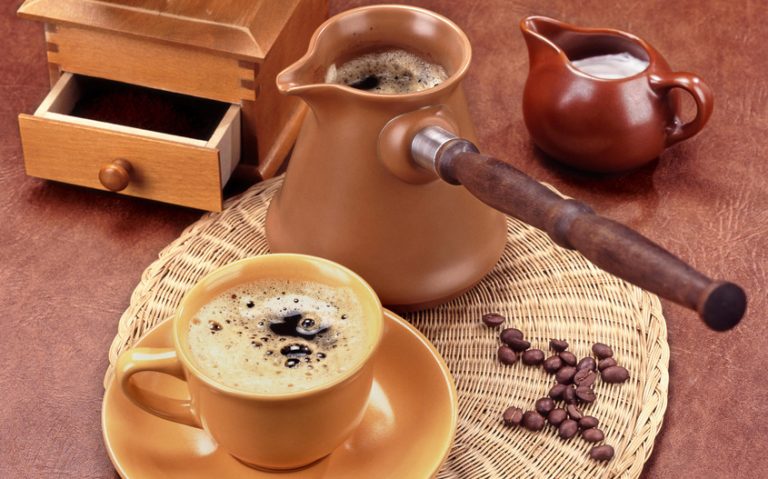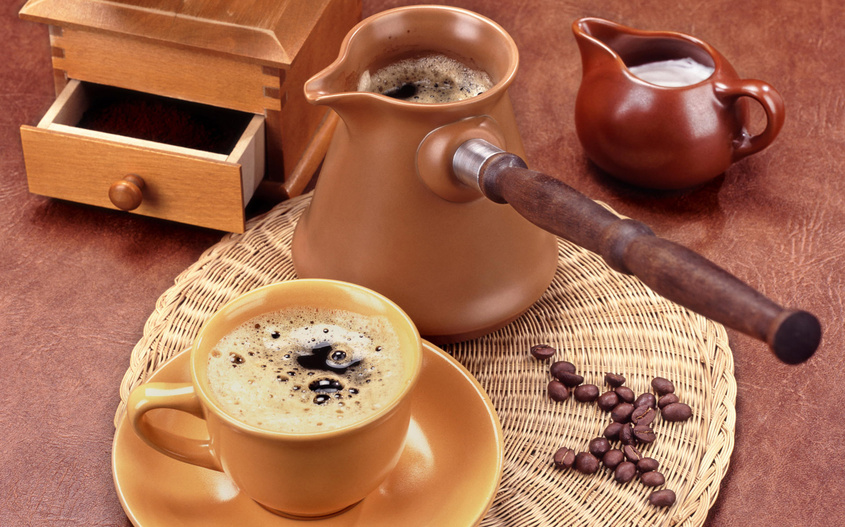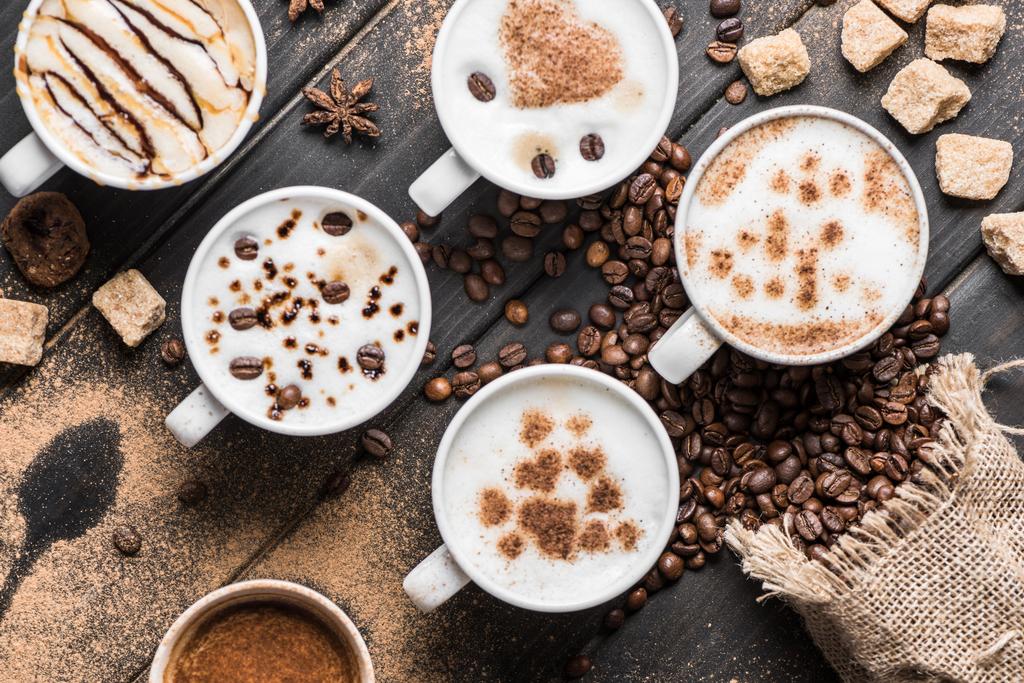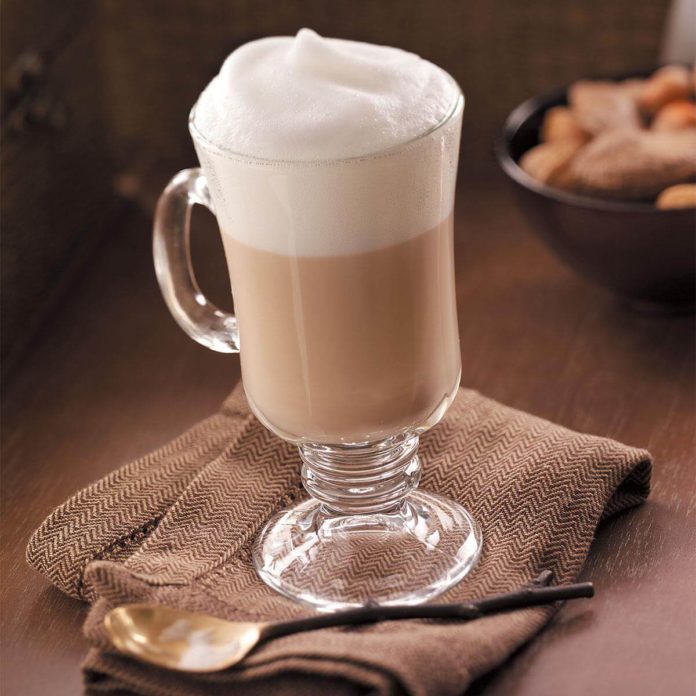The latte macchiato has been an absolute favorite drink for years. It has a mild taste and consists largely of milk. The accompanying espresso provides the necessary coffee nuance and a fine aroma. In the following post we show the perfect preparation method.
What is a latte macchiato?
Along with cappuccino, latte macchiato is one of the most popular coffee specialties worldwide. The beverage originally came from Italy. Here it was traditionally made for children and young people because it has a low coffee and caffeine content. The individual layers of the drink consist of warm milk, espresso and milk froth. A typical latte macchiato with whole milk weighs in at almost 130 calories and 25-30 mg of caffeine.
Origin and history of “spotted milk”
Unfortunately, it is not known when and by whom latte macchiato was invented. However, it has its origins in Italy. In contrast to conventional coffees, this variation should have the lowest possible caffeine content of 25-30 mg caffeine. A typical 200 ml cup of filter coffee has 64-96 mg of caffeine in comparison. The aim was to gradually introduce children and young people to the taste of coffee without giving them an unhealthy amount of caffeine for their age. Incidentally, latte macchiato means “spotted milk”, which is an allusion to its composition. This consists of three superimposed layers. Warm milk is in the lower third, espresso in the middle and milk froth in the upper part.
Difference to cappuccino
Latte macchiato and cappuccino have the same ingredients: espresso and milk (alternative). The difference lies in the preparation. While the cappuccino only contains milk froth, the milk separates from the latte macchiato.
How do you prepare a latte macchiato?
The original Italian recipe for a latte macchiato is quite simple and consists of hot milk and espresso. The preparation looks very uncomplicated: the coffee is quickly poured over the milk. The classic three layers, as we know it in this country, are not used with this method.
To enjoy a latte macchiato with layers, the preparation is a little more difficult than the basic Italian recipe. For the perfect enjoyment, it is recommended to follow the following three steps.
Ingredients needed for a latte macchiato:
An espresso
200 ml milk (alternative)
Step 1:
Froth approx. 200 ml of milk to create a creamy and firm milk froth. This should be firmer than a cappuccino, so froth the milk or milk alternative a little longer.
Step 2:
Slowly pour the frothed milk into a tall, narrow glass. Set the glass aside to allow the foam and milk to separate.
Step 3:
Carefully pour 25-30ml of espresso into the glass. The espresso can easily be poured into the milk using a small jug in order to achieve an optimal layer formation.
Good to know: With an espresso maker you do not prepare espresso, but a strong coffee. This can still be used for the preparation.
When pouring the espresso, remember to pour it slowly in the middle or on the side of the glass. As a result, the coffee should separate the milk from the milk foam and be placed exactly in the middle between the two components. This is how the well-known three layers of latte macchiato are created: milk below, espresso in the middle and milk foam on top.
Why do the three layers mix?
If the layers mix with each other, this can have two reasons:
There is a possibility that the milk has not been properly frothed and the froth lacks firmness.
On the other hand, pouring the espresso too quickly or imprecisely can lead to the milk and coffee being mixed together.



















